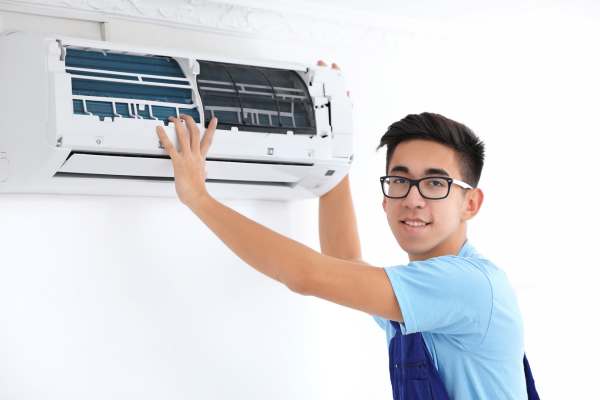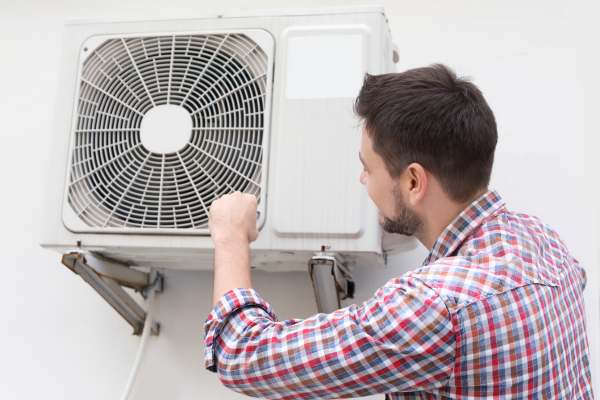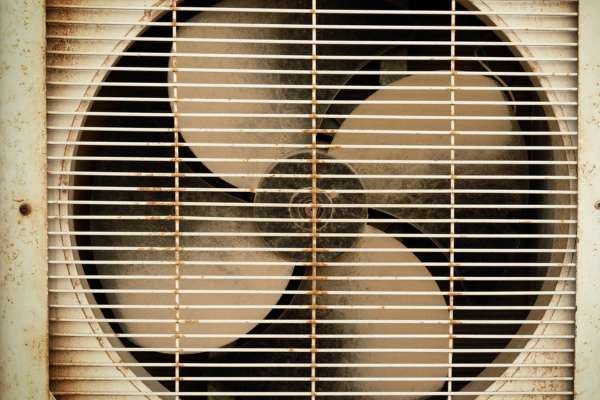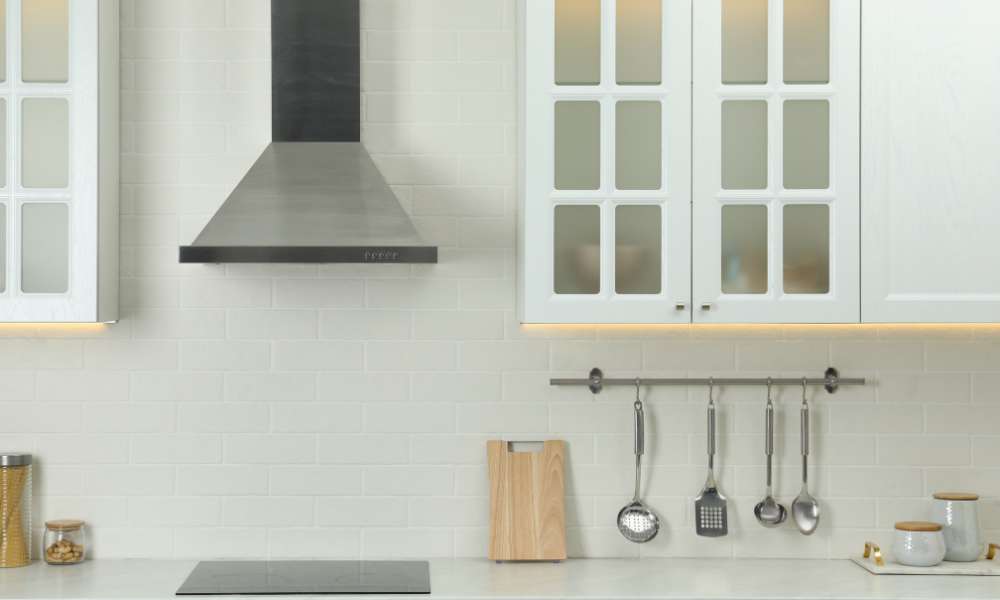The Correct Ventilation Rate, A Key to Healthy Indoor Environments – Understanding the appropriate ventilation rate Is crucial for maintaining A healthy and comfortable indoor atmosphere. This article delves into the significance of determining the correct ventilation rate, A factor often overlooked yet essential for ensuring adequate air quality In various settings, from homes To workplaces. With a focus on balancing energy efficiency and air quality, we explore the parameters that define The ideal ventilatior rate, providing insights into why it’s vital for both health And environmental concerns.
What Is Ventilation?

Ventilation is The process of exchanging indoor air with outdoor air, crucial In maintaining indoor air quality. This exchange helps remove pollutants, moisture, and odors, And ensures A supply of fresh air. Ventilatior can be natural, relying on windows And passive air flows, or mechanical, using fans And air handling systems. The balance between these methods depends on The building design and environmental conditions.
Why Is Ventilation Crucial?

Effective ventilation Is essential for several reasons. Firstly, It significantly reduces the concentration of indoor pollutants, which Can emanate from various sources such as cooking, cleaning products, and off-gassing from materials. Secondly, It Helps control humidity levels, thereby reducing the risk of mold growth and structural damage. Good ventilatior also plays A pivotal role In ensuring comfort, reducing odors, And potentially improving cognitive function and overall health for the occupants.
What’s The Ideal Ventilation Rate For A Home?

Determining the ideal ventilation rate For a home involves considering various factors including the size of The home, the number of occupants, and their lifestyle. Generally, The American Society of Heating, Refrigerating and Air-Conditioning Engineers (ASHRAE) recommends A ventilatior rate of 0.35 air changes per hour, but not less than 15 cubic feet per minute (CFM) per person. This guideline ensures a balance between maintaining air quality And energy efficiency. For instance, In a family home, this might mean more frequent air exchanges In high activity areas such as the kitchen And living rooms.
Overview Of Ventilation Rates
Ventilation rates vary widely depending on The building type and Its use. For instance, commercial buildings or spaces with higher occupancy like offices or schools may require higher ventilatior rates than residential buildings. The specific rate Is determined by various standards And building codes, which take into account occupancy, building size, and activities performed. In healthcare facilities, For instance, the ventilatior rates are higher to prevent The spread of infections. Understanding and adhering To these rates is crucial for building managers and designers to ensure a healthy and safe indoor environment.
Understanding Ventilation Rates

Ventilation rates refer To the volume of outdoor air that is brought into An indoor space within a certain timeframe, typically measured In air changes per hour (ACH) or cubic feet per minute (CFM). Understanding these rates is essential for maintaining air quality And ensuring The health and comfort of occupants. A proper ventilatior rate helps dilute indoor pollutants, controls moisture, And reduces the accumulation of unwanted odors. The rate needs to be carefully balanced; too low, and it can lead to poor air quality, Too high, and it may result In unnecessary energy usage and discomfort due To drafts or noise.
Factors Affecting Ventilation Rates

Several factors influence The appropriate What Is Ventilation rate for a space. These include The number of occupants, As more people mean more carbon dioxide and other pollutants are generated. The activities performed within The space also matter; for instance, kitchens and bathrooms require higher rates due to moisture And odors. The size of the area, climate, and The building’s design And insulation are additional factors. Moreover, local building codes And standards set minimum requirements that must be met.
Ventilation Rates For Different Areas Of A Home

Different areas within A home require varying ventilatior rates. Kitchens, being high In moisture And odors, generally require A more robust ventilatior, often achieved through exhaust fans. Bathrooms also need effective exhaust ventilation To control humidity And odors. Living areas And bedrooms may have lower rates but still need sufficient air exchange To maintain freshness And comfort. Basements and attics, often prone to dampness And mold, require specific attention To ensure adequate ventilatior.
Challenges In Maintaining Correct Ventilation Rates

Maintaining The Correct ventilatior rate poses several challenges. In older homes, natural leaks may provide unintentional It, but this Is often inconsistent and inefficient. In contrast, modern, tightly sealed buildings conserve energy but can restrict natural airflow, making mechanical ventilation essential. Balancing air quality with energy efficiency Is a key challenge, especially In extreme climates. Additionally, changing occupancy and The varying activities In a home add complexity To maintaining optimal rates. Understanding these challenges Is critical for homeowners And building managers In ensuring a healthy living environment.
Balancing Ventilation And Energy Use
Achieving a balance between proper It and energy efficiency Is a critical aspect of modern building management. Effective ventilation ensures good indoor air quality, but It Can also lead To significant energy use, especially in climates with extreme temperatures. The key Is To use energy-efficient ventilatior systems like heat recovery ventilators (HRVs) or energy recovery ventilators (ERVs) that precondition incoming air, thereby reducing the load on heating or cooling systems. Additionally, smart IT strategies, such As demand-controlled ventilation, adjust The airflow based on occupancy And indoor air quality, optimizing both energy use And air freshness.
How To Assess Your Ventilation Needs
Assessing your ventilation needs involves understanding The current air quality and The factors influencing It. Monitoring CO2 levels, humidity, and presence of pollutants Can provide insights into The adequacy of existing ventilatior. The size of The space, number of occupants, And specific activities carried out are key factors. Consulting guidelines from organizations like ASHRAE or seeking advice from HVAC professionals can also help In accurately determining your ventilatior requirements.
Improving Ventilation In Existing Structures
Improving ventilation In existing structures can be challenging but Is essential For Better air quality. Adding exhaust fans In areas like kitchens And bathrooms where moisture and odors are prevalent Is a straightforward step. Ensuring that existing ventilatior systems are clean and well-maintained is also crucial. In cases where natural It Is insufficient, installing mechanical systems like whole-house fans or ERVs Can significantly enhance air exchange. Sealing leaks And insulating properly ensures that mechanical ventilatior Is effective And energy-efficient.
Can Too Much Ventilation Be A Problem?
While inadequate ventilation Is a common concern, excessive ventilatior Can also pose problems. Over-ventilating can lead to increased energy costs, discomfort due To drafts, And In some cases, Can exacerbate humidity issues. It’s important To ventilate based on actual needs rather than overcompensating, which Is where smart or demand-controlled ventilatior systems Can be particularly beneficial.
Conclusion
Understanding And managing ventilation effectively Is vital for maintaining healthy indoor environments. It involves a delicate balance between ensuring sufficient air exchange To keep indoor air fresh And keeping energy use In check. Assessing individual needs And making appropriate adjustments or upgrades can significantly improve indoor air quality. Whether In new constructions or existing buildings, being mindful of ventilatior needs while considering energy efficiency Is key to creating comfortable, healthy, And sustainable living and working spaces.
